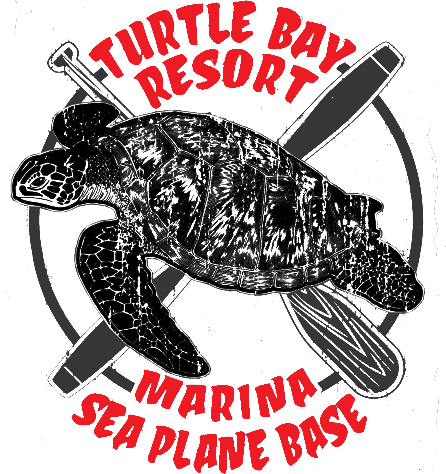Okanagan Lake
Geography & Hydrography of the Lake
Okanagan Lake (also known as Lake Okanagan) lies in the Okanagan Valley of the Interior Plateau of British Columbia between the Columbia and Cascade Mountain ranges. The Monashee Mountains (a subset of the Columbia) can be seen to the East of the Valley. It is a fjord lake and the remnant of Lake Penticton, a huge post glacial lake that once filled the Okanagan Valley.
It is approximately 110 km long with a surface area of 361 kilometres squared. Its maximum width is 6.4 km and its maximum depth is 242 metres. (Source: B.C. Place Names, Tourism Kelowna). It is the largest lake in the Okanogan (American spelling) River drainage system which ultimately flows into the Columbia River and is also the 8th largest lake that is entirely within B.C. The lake is home to only two islands: tiny Grant Island to the north (also where the deepest point of the lake is) and Rattlesnake Island to the South.
The Name of the Lake
While long known as Okanagan Lake, the name was officially adopted only on October 6th, 1936. As noted above it is spelled "Okanogan" once you cross the American border. Having only two different spellings is a vast improvement though on earlier days when there as many as 46 variant spellings. The American explorers, Lewis and Clark, spelled it "Otchenaukane" and the epic Canadian explorer, David Thompson, wrote it down several ways, one of which was "Ookanawgan".
As for the meaning behind the name B.C. Place Names recounts: "One of the more likely explanations is that the name comes from "kana" meaning "the place of," and "gan" meaning "water" or "lake". The Okanagan Indian band website however says that Okanagan is the "Anglicized version of Suqnaqinx and refers to the Indigenous people of the Okanagan territory, it translates as ?takes to the head or mind." No matter how you spell it though (or translate it) the name Okanagan has become synonymous with beauty and tranquility.
The Okanagan Great Divide
Another geographical feature worth mentioning is the Okanagan Great Divide. Just about a mile north of Armstrong this little pullout on the east side of highway 97 often goes unnoticed, however it is the marking spot that determines the direction where rain and other water sources will take dramatically different routes. On the north side of this divide the water will flow into Shuswap Lake, on into the Thompson and finally enter the Pacific Ocean via the Fraser River. If, however, the water falls on the south side it will enter Okanagan Lake, on through the Penticton Channel and the Okanogan River into the Columbia River. This water enters the Pacific Ocean 350 km south of the Fraser.
The Indigenous People of the Lake
The Okanagan Indians ( also known as the Sqilxw or Syilx) are the indigenous people of the area surrounding Okanagan Lake. They now make up the Okanagan Indian Band which, along with 7 other Bands, forms the Okanagan Nation Alliance (which includes the Colville Confederated Tribes which lies south of the American border).
The Okanagan Indian Band is also referred to as Inkumupulux or Head of the Lake - " Inkumupulux is both a name for the people and where we live ( OIB website)." Of note among the Okanagan Indians was a chief named Hwistesmetxe'qen meaning Walking Grizzly Bear (1780/1785 - 1865). He would later be called Nicolas or Nicola by the fur traders and thus lent his name to many geographical features including the Nicola Valley.
The Ogopogo
This "Lake Monster" has its origins in Native legend. "The late Elder, Elizabeth Lindley taught us that N'ha-a-itk, commonly referred to as Ogopogo, is a metaphor for sustainability and a good topic to express our connection to the land (Source: WFN )." Over the years, the Ogopogo has morphed into a rather happy but mysterious creature that supposedly inhabits the waters of Okanagan Lake. In 1926 a sighting of the Ogopogo was reported by over 30 cars full of people on Okanagan Mission Beach in Kelowna.
The name Ogopogo was actually coined that same year by the Kalamalka Players - an organization of local amateur performers. The Okanagan Historical Society reports (Vol 4:28): "A luncheon for the Vancouver Board of Trade was given at the Kalamalka Hotel by the Vernon Rotary Club and the Vernon Board of Trade. L. M. Richardson of Vernon, presided, and the writer was asked to sing. As it had been well received on the former occasion, he decided to sing the Ogopogo song again. At the time there was considerable talk about the mysterious creature in Okanagan Lake and.. the name and tune caught on, and the guests left the Kalamalka Hotel to spread the fame of Ogopogo far and wide.



